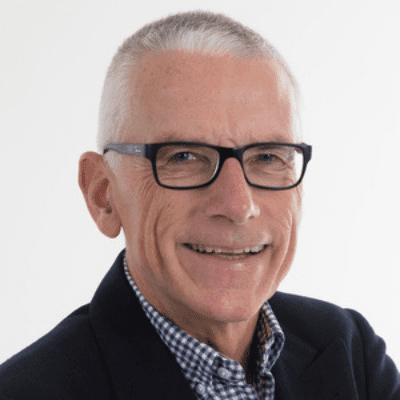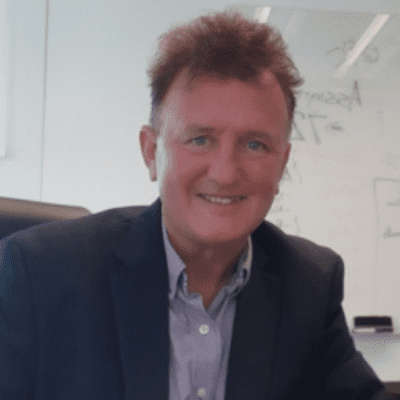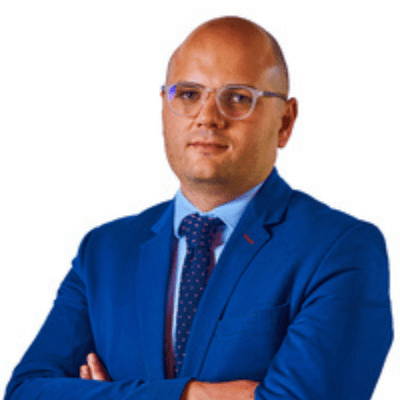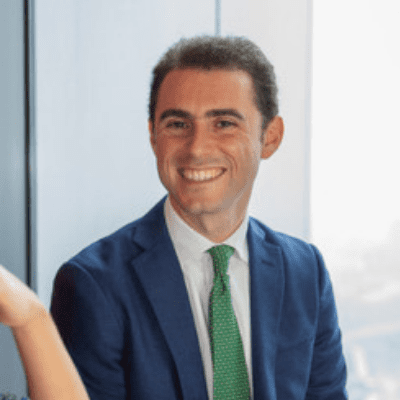Hear how senior practitioners are investing in journey mapping to improve their employee experience.
In a primarily remote work environment, the impact of the first few months of an employee journey has never been greater.
Utilizing data will help you get a real idea of what employees want and need.





Employee experience is evolving, especially with the global increase in remote working. As the line between our professional and personal lives disappears, the expectation that the employee experience matches the consumer’s becomes more and more prevalent.
To stay in the competition for the best talent, companies must prioritize managing and delivering personalized, streamlined experiences for employees throughout their employee journey.
This commitment requires more than just alignment from business leadership. It requires a commitment to data-driven insights and outcomes for both employees and the business. It also requires a deep understanding of the evolving HR tech landscape and the ability to choose the right HR technology for your organization.
But how can you make sure you are delivering consumer-grade experiences that will keep your employees engaged throughout their entire journey? And how can you keep your finger on the pulse of the HR tech landscape and stay ahead of your competitors?
This was the topic of discussion at a recent UNLEASH webinar held in partnership with Oracle Cloud HCM. The session, moderated by Tom Haak, an HR industry influencer and Director of the HR Trend Institute, featured Oracle Cloud Human Capital Management (HCM) customers from all over the world.
Whilst most first impressions for new starters have become virtual, the impact of the first few months of an employee journey has never been greater. Cornellis Jooste, HR Project Manager at Daman Health, a leading specialized health insurer based in Abu Dhabi explained how realizing how crucial the employee experience was at the beginning of the employee journey caused them to invest in the tools to get it right.
“You can make or break an employment relationship in the first few months, so we went the whole hog” Jooste commented. “Instead of old legacy HR, we now have one central contact point and if you can’t find what you need, there is the HR helpdesk which allows people to then engage actively with strong KPIs and turnaround times underneath. This has been a whole game-changer for us.”
Jooste went on to explain how the investment came at an opportune time as it enabled the company to survive COVID-19 and kept employee turnover very low.
For context, Oracle’s new product called ‘Oracle Journeys’ enables HR teams to create and deliver step-by-step guidance to walk employees through employee life-cycle events. This enables employees to unlock their full potential by giving them the resources they need to tackle their individual challenges – no matter where or how they work.
All leading HR teams are on a mission to provide a seamless employee experience; but what does this actually mean and how can it be achieved?
Fabio Fabiano, Head of Group Digital Processes at Generali, a leading Italian insurance company explained how streamlining the employee experience means stripping away an employees’ need to think about where they must go to find the right HR tools.
“We try to simplify as much as possible to reduce the effort required by people to perform processes,” he commented.
“We are offering a seamless experience for our employees through a unique portal, so people don’t have to think about where they have to go to find the right tool, instead they have everything in one portal,” he added.
HR teams must start with listening to their employees’ needs so they can provide seamless, simplified guidance for employees to find the tools needed to unlock their potential.
When identifying moments that matter to employees it is crucial that we remember them for what they are – individuals. Dr. Dieter Veldsman, at Momentum Metropolitan Group, a multinational financial services provider with a global footprint, explained how we should never make assumptions about what other people need or want, based on what we need and want.
“One thing that I’ve learned through the employee experience work that we’ve done is not to work on assumptions. Don’t think because that an important experience for yourself is going to be an important experience for your workforce,” he commented.
Veldsman continued to explain how his company has done a lot of work around personas to see their employees in the context of where they find themselves at that moment.
“We’ve run quite a few things with regards to the voice of the employee and we try to gather both quantitative and qualitative data continuously to shape experiences,” said Veldsman. “We’ve learned that you have to trust the data. Otherwise, you will go down the rabbit hole of assumptions, which is quite a journey that can get you to the wrong place.”
It is time HR steps up and not only recognizes differences between people in their workforce but also leverages technology to embrace these differences.
"*" indicates required fields
"*" indicates required fields
"*" indicates required fields